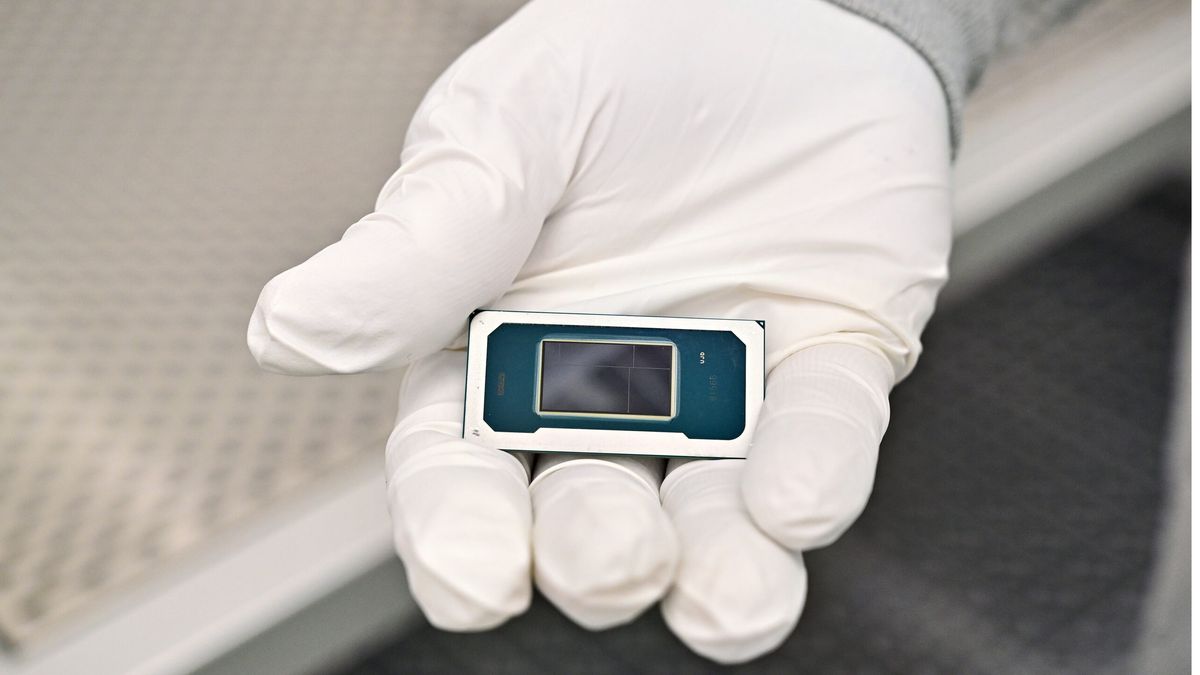Forget fingerprints or two factor authentication, scientists may have figured out a way to log into a computer with a synthetic molecule.
In the new study published in the Cell Press journal Chem, researchers were able to store and decode an 11-character password encoded in the molecular makeup of a piece of plastic. The technology could help us meet our growing demand for energy-intensive long term data storage, the scientists suggest.
“Molecules can store information for very long periods without needing power. Nature has given us the proof of principle that this works,” said study co-author Praveen Pasupathy, an electrical engineer at the University of Texas at Austin in a statement from Cell Press. “This is the first attempt to write information in a building block of a plastic that can then be read back using electrical signals, which takes us a step closer to storing information in an everyday material.”
Traditional data storage methods have some major downsides. Not only is storing data expensive, it consumes a lot of energy. And even the most sophisticated data storage devices can only stably store information for up to 10 years. Molecules like DNA are a promising alternative, as they can store large amounts of information for a long time and with very little energy cost. But actually accessing this information is the hard part, often requiring specialized equipment like mass spectrometers.
To address these limitations, the researchers designed molecules that contain sequences of electrochemical information. Then, the researchers were able to read this information using electrical signals.
These password-encoding molecules have four building blocks, called monomers, each with unique electrochemical properties. To create the password, the team designed a 256-character alphabet, in which each character is composed of different combinations for four of these monomers. Then, they chained together monomers to create a polymer representing an 11-character password (‘Dh&@dR%P0W¢’).
The researchers also developed a novel method of reading these electrochemical signals. These chain-like polymers have a unique property: They can be broken down sequentially, one monomer at a time.
So, the team decoded the password by removing the building blocks one by one from the end of the chain and using voltammetry to measure their electrical properties. As they fell off, each monomer produced unique electrochemical signals that the study authors used to successfully decode the password.
The downside of these molecules is that once they’re broken down, they can’t reform automatically, meaning that the message can only be read once. The decoding process is also slow—the whole process took about 2.5 hours for the 11-character password.
The researchers are working to speed up this process and eventually integrate the technology with computer chips. But until then, we’re stuck with our current way of remembering our passwords.
“Our approach has the potential to be scaled down to smaller, more economical devices compared to traditional spectrometry-based systems,” Eric Anslyn, a professor in chemistry the University of Texas at Austin, said in a statement from Cell Press. “It opens exciting prospects for interfacing chemical encoding with modern electronic systems and devices.”








 English (US) ·
English (US) ·